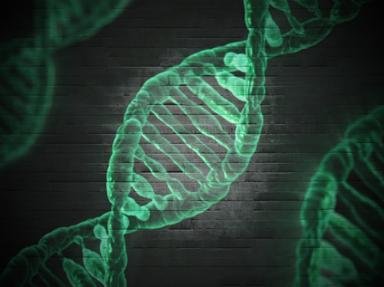Quiz Answer Key and Fun Facts
1. Which of the following would NOT be considered a definition of DNA cloning?
2. Which of the following scientific breakthroughs did NOT develop from DNA cloning?
3. What was the first and most widely used biological vector (any agent which carries and transmits information -- in this case, DNA) in DNA cloning?
4. There are three basic steps in DNA cloning: 1) "cut" the DNA, 2) "paste" the DNA into a plasmid (a circular section of DNA), 3) "copy" the DNA by introducing it to a bacteria, which will replicate the plasmid when it replicates itself. What are these three processes called?
5. What pair of scientists developed the three step process of DNA cloning by fragmentation, ligation, and transfection?
6. What enzyme is used during the process of fragmentation?
7. What enzyme is used during the process of ligation?
8. What enzyme is used during the process of transfection?
9. Is human cloning illegal in the United States?
10. The first successful cloning of a mammal involved which animal?
Source: Author
Nights_Heart
This quiz was reviewed by FunTrivia editor
crisw before going online.
Any errors found in FunTrivia content are routinely corrected through our feedback system.

